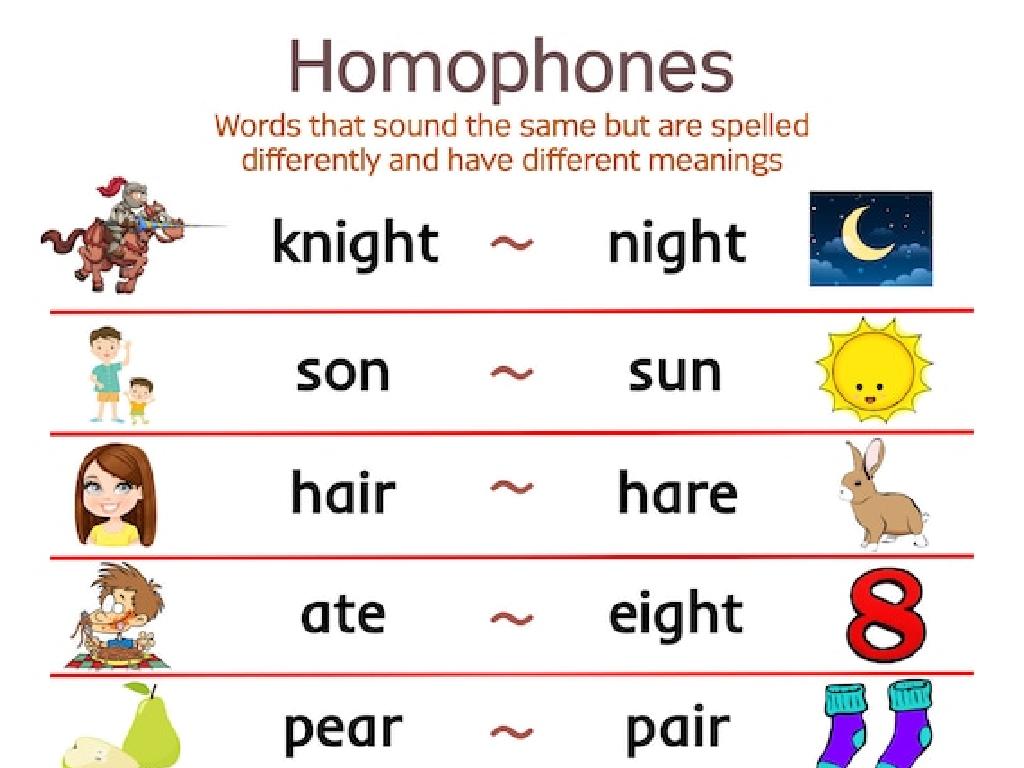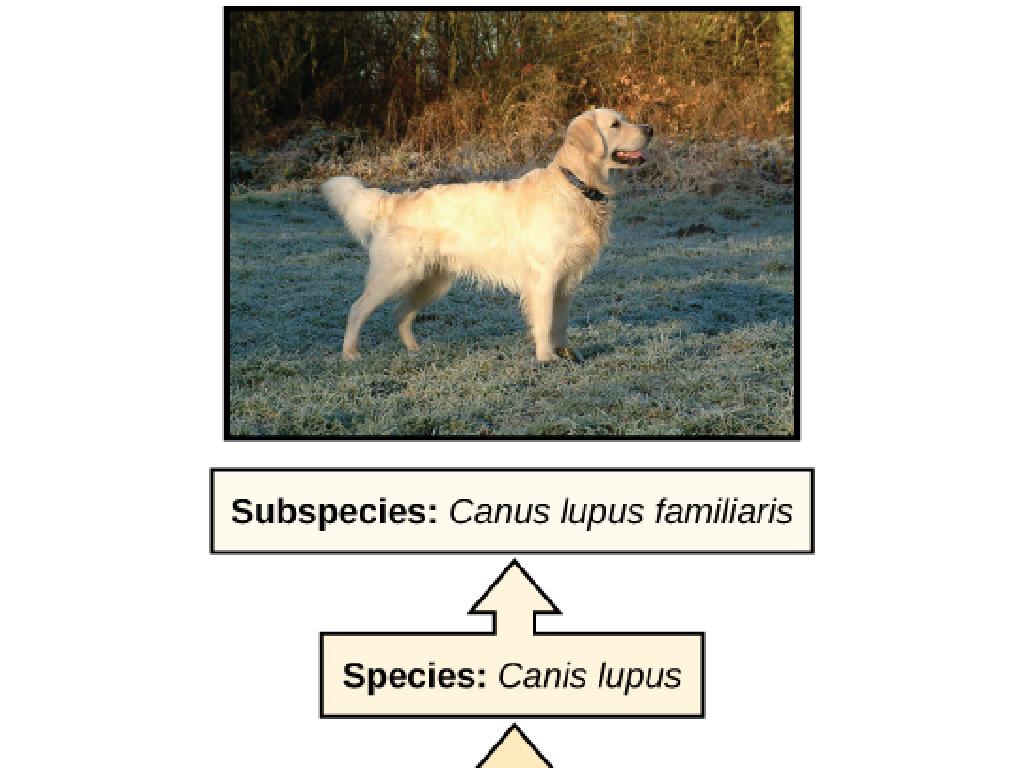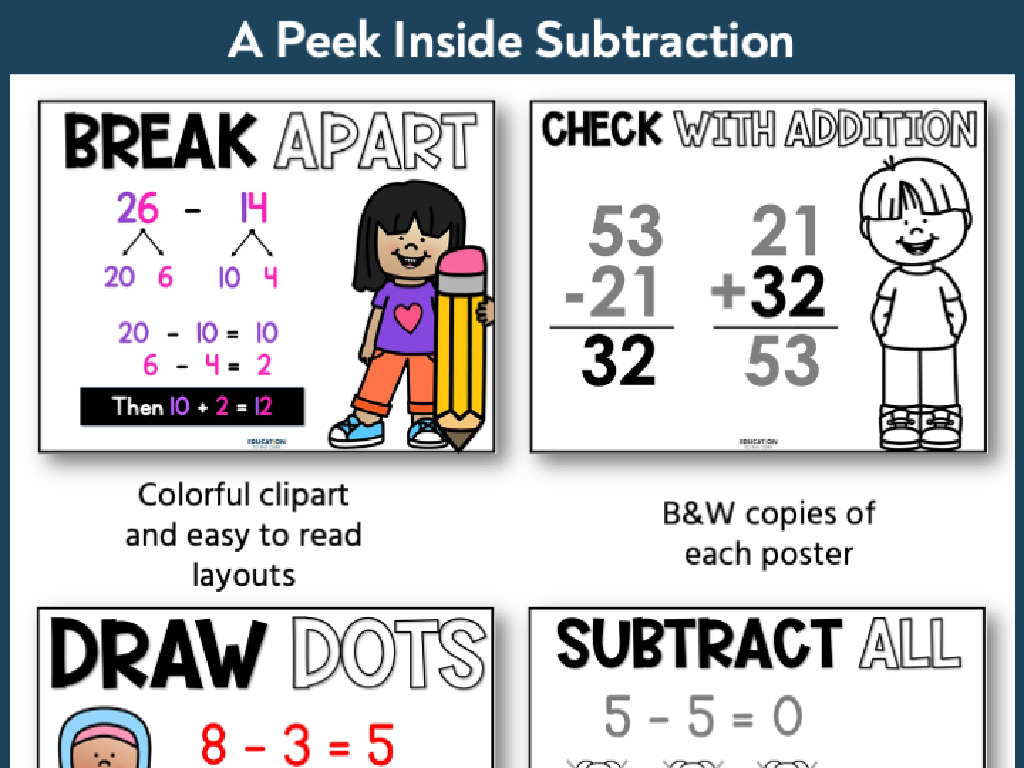Complete The Addition Sentence - Up To Three Digits
Subject: Math
Grade: Second grade
Topic: Addition: Three Digits
Please LOG IN to download the presentation. Access is available to registered users only.
View More Content
Welcome to Addition: Mastering Three Digits
– Becoming addition experts today
– Adding numbers with three digits
– Stack numbers vertically, align by place value
– Why addition matters daily
– Use addition in shopping, cooking, telling time
– Practice makes perfect
– Solve problems in class and as homework
|
This slide introduces second-grade students to the concept of adding three-digit numbers. Emphasize the importance of place value by stacking numbers vertically and aligning them by hundreds, tens, and ones. Discuss how addition is used in everyday life, such as adding prices while shopping, measuring ingredients in cooking, or calculating durations of time. Encourage students to understand that mastering addition is achieved through consistent practice. Provide a variety of problems to solve in class and assign similar problems for homework to reinforce the day’s lesson.
Understanding Addition: Up to Three Digits
– What is addition?
– Adding is combining numbers to find the total.
– Ways to add numbers
– Add in a line: 123 + 456, or in a column with numbers stacked.
– Warm-up exercise
– Let’s solve together: 1 + 2 equals what?
– Practice adding three digits
– Try with bigger numbers: 234 + 567
|
This slide introduces the concept of addition to second-grade students. Start by explaining that addition is the process of combining two or more numbers to find the total sum. Show them how to add numbers both horizontally (in a line) and vertically (in a column), which is especially useful for adding three-digit numbers. Use the warm-up exercise (1 + 2) to engage the students and check their understanding of basic addition. Then, encourage them to apply this knowledge to add larger numbers, such as three-digit numbers, to build their confidence and understanding of the concept. Provide guidance on aligning the numbers by place value and proceeding with the addition from right to left. The goal is to ensure students are comfortable with the addition before moving on to more complex problems.
Review: Adding One-Digit Numbers
– Quick recap of one-digit addition
– Practice: Adding 5 and 3
– What is 5 plus 3?
– Practice: Adding 7 and 2
– Can you add 7 and 2 together?
– Practice: Adding 4 and 4
– Find the sum of 4 and 4
|
This slide is aimed at reviewing the concept of adding one-digit numbers, which is a foundational skill for understanding three-digit addition. Start by quickly going over the basics of one-digit addition, ensuring that students recall the process. Then, move on to practice time, where students will solve simple addition problems. Encourage them to use their fingers or draw objects to help them count if needed. This activity will help solidify their understanding and prepare them for more complex addition problems. Make sure to praise their efforts and correct any mistakes with positive reinforcement. This will build their confidence and ensure they are ready for the next step.
Adding Two-Digit Numbers
– Line up numbers by place value
– Add the ones, then the tens
– Example: 23 + 15
– Start with 3 + 5 in the ones place, then 2 + 1 in the tens place
– Practice with different numbers
– Try 46 + 29 or 57 + 34 next
|
This slide introduces students to the concept of adding two-digit numbers. Emphasize the importance of aligning numbers by their place values before starting the addition. Begin with the ones place, then move to the tens. Use the example 23 + 15 to illustrate the process: first add the ones (3 + 5 = 8), then the tens (20 + 10 = 30), and combine the sums (30 + 8 = 38). Encourage students to practice with different numbers to solidify their understanding. Provide additional examples and use manipulatives if necessary to help students visualize the concept. The goal is for students to become comfortable with the process and to understand the importance of place value in addition.
Introduction to Three-Digit Addition
– Understanding three-digit numbers
– Hundreds, tens, and ones places make up three-digit numbers
– Step-by-step addition process
– We add numbers starting from the ones, then tens, and hundreds
– Example: Adding 123 and 456
– 123 + 456 starts with 3+6, then 2+5, and lastly 1+4
|
This slide introduces second-grade students to the concept of three-digit addition. Begin by explaining the structure of three-digit numbers, emphasizing the value of each digit according to its place (hundreds, tens, ones). Guide students through the process of adding three-digit numbers, ensuring they understand to start from the rightmost digit (ones) and move left through tens to hundreds, carrying over as necessary. Use the example 123 + 456 to illustrate the process, solving it step by step on the board. Encourage students to follow along with their own paper and pencil, and to ask questions if they’re unsure about any step.
Step-by-Step Addition: Ones, Tens, Hundreds
– Start with the ones place
– Add 4 (ones) + 2 (ones)
– Carry over if sum exceeds 9
– 6 (ones) + 3 (tens) = 9, no carry over
– Add the tens place next
– Add 3 (tens) + 2 (tens), remember to add carry over if you have one
– Finally, add the hundreds place
– Add 2 (hundreds) + 3 (hundreds)
|
This slide introduces students to the process of addition with three-digit numbers. Begin by explaining that addition starts from the rightmost digits, which are the ones. If the sum of the ones place is 10 or more, we carry over to the tens place. Next, add the tens place digits, again carrying over to the hundreds place if needed. Lastly, add the hundreds place digits. Use the example 234 + 322 to demonstrate this process step by step. Write down each step on the board, showing how to carry over. Encourage students to practice with similar addition problems, ensuring they understand the concept of carrying over.
Practice Time: Adding Three-Digit Numbers
– Complete the sum: 100 + 200
– What does 100 plus 200 equal?
– Try more: 150 + 250
– Add 150 and 250. What’s the total?
– And: 300 + 125
– Combine 300 and 125. Can you find the sum?
– Show your work on paper
|
This slide is designed to provide students with practice in adding three-digit numbers. Start with a guided example, showing them how to line up the numbers by place value and add each column, carrying over numbers when necessary. Then, encourage them to try the additional problems on their own, ensuring they understand the concept of carrying over. Have them write down their work to reinforce the process. During the next class, review the answers together and discuss any challenges they faced. This will help solidify their understanding of addition with larger numbers.
Fun with Addition: Dice Game
– Play a dice addition game
– Roll dice to create addition problems
– Use two dice to roll numbers, then add
– Add the numbers together
– Practice adding three-digit numbers
– Compete for the highest sum
– Keep track of everyone’s totals
|
This slide introduces a fun and interactive dice game to help second-grade students practice adding numbers up to three digits. The game involves rolling dice to generate numbers, which students will then add together. It’s a competitive activity where students aim to achieve the highest total sum. For the teacher: Prepare dice for the students, explain the rules clearly, and demonstrate an example. Provide students with paper to write down their numbers and sums. Encourage them to check each other’s work for accuracy. Offer small rewards for participation and correct answers to motivate the students. This activity not only reinforces addition skills but also promotes a friendly competitive spirit and enhances social interaction among students.
Class Activity: Addition Relay Race
– Split into teams for the relay
– Each member adds one number
– Pass your paper to the next person
– First team to finish wins!
|
This activity is designed to encourage teamwork and practice addition skills in a fun, competitive setting. Before starting, explain how an addition relay works and demonstrate with an example. Divide the class into small teams, ensuring each team has an equal number of members. Give each team an addition problem with multiple three-digit numbers to add. Each student adds one number to the running total and then passes the problem to the next team member. The first team to come up with the correct total wins. Make sure to have a few different problems ready so that teams can try more than one race. This will help students with different skill levels get involved and practice. After the activity, review the addition problems as a class to reinforce the learning.
Great Work on Three-Digit Addition!
– Congratulations on learning!
– Practice makes perfect
– Keep practicing at home to improve
– Homework: Addition worksheet
– Complete the worksheet with three-digit addition problems
– Bring questions next class
– Write down any problems you find tricky
|
This slide wraps up the lesson on three-digit addition and transitions students to independent practice at home. The homework assignment reinforces the day’s learning and provides an opportunity for students to apply their new skills. Encourage students to try their best on the worksheet and remind them that it’s okay to find some problems challenging. They should write down any questions they have so that they can be addressed in the next class. This will help ensure that all students are confident in their ability to complete three-digit addition problems.






